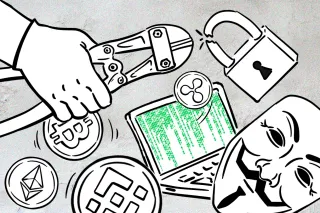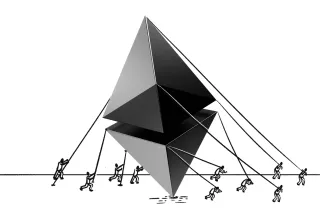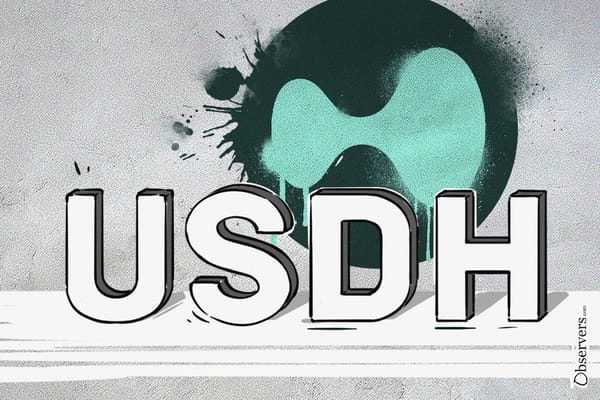
From Polymarket’s stripped-down design to Kalshi’s regulatory breakthrough, prediction markets are turning collective opinion into a financial asset class — and a new battleground over who defines truth
Alex Harutunian
While crypto remains banned, China’s state-backed blockchain ecosystem — led by Conflux — is expanding across Asia and into global finance. Conflux Network bridges China’s academic research, state strategy, and open blockchain innovation.
Alex Harutunian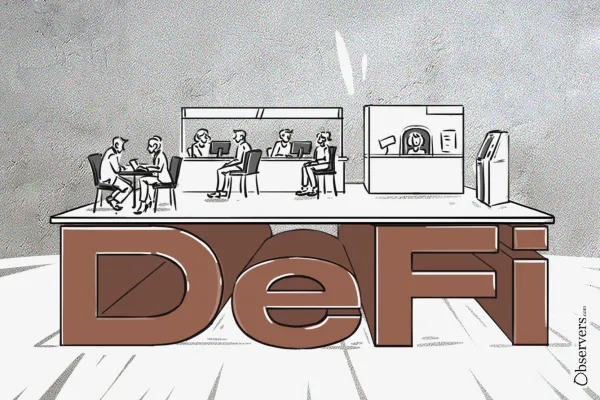
DeFi is moving from standalone apps into the backend of exchanges, with Coinbase and Crypto.com leading by embedding Morpho’s lending vaults. This “embedded DeFi” model raises a key question: are exchanges becoming banks, or just UIs? The answer will define DeFi’s role in future banking.
Alex Harutunian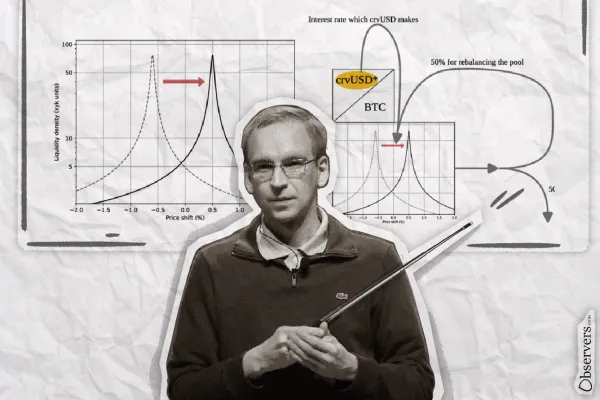
Curve Finance is launching Yield Basis with a $60M crvUSD credit line. The product aims to eliminate impermanent loss for liquidity providers, and at the same time transform CRV from a governance token into an income-generating asset with revenues shared back to holders
Alex Harutunian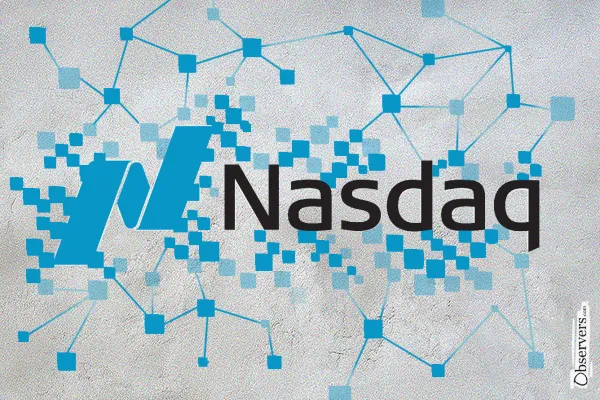
Nasdaq has filed with the U.S. SEC to bring tokenized securities onto its main market, aiming to trade blockchain-based and traditional shares side by side. If approved, the move could make Nasdaq the first U.S. exchange to integrate tokenized equities under existing protections
Alex Harutunian
From Polymarket’s stripped-down design to Kalshi’s regulatory breakthrough, prediction markets are turning collective opinion into a financial asset class — and a new battleground over who defines truth
Alex Harutunian
Balancer Protocol was exploited through a tiny rounding bug in its code. As losses neared $100 million, projects froze pools, rolled back blockchains, and clawed back funds—revealing the centralized and still untamed side of decentralized finance
07.11.2025 Finland to implement Crypto-Asset Reporting Framework in 2026. 07.11.2025 Trump Media reports $55M Q3 2025 net loss from digital asset revaluation. 07.11.2025 Kazakhstan to establish $500M–$1B crypto reserve fund using seized assets. 07.11.2025 Japan’s FSA approves pilot by MUFG,
29.10.25 Ondo Finance launches Ondo Global Markets on BNB Chain. 29.10.25 Ethereum Foundation launches portal to guide institutional adoption. 29.10.25 Securitize goes public via SPAC merger with Cantor Fitzgerald’s CF Acquisition Corp VIII. 28.10.25 Trump Media & Technology Group to launch
Kazakhstan launched a state-backed crypto reserve, Alem Crypto Fund, partnering with Binance Kazakhstan and starting with an investment in $BNB. SWIFT is building a blockchain ledger with 30+ banks using Consensys. Polish lawmakers passed a Crypto-Asset Market Act, aligning rules with the EU’s MiCAR. Vitalik Buterin opposes EU’s
Uniswap’s Unichain has boosted L2 volumes past $40B, but liquidity tells a different story. TVL has halved since July, exposing the limits of incentive-driven growth. Despite cheaper fees, users remain on Ethereum—where Uniswap continues to be one of the network’s largest revenue engines.

TON Strategy Company, formerly Verb Technology, has rebranded as a Toncoin treasury, holding $713M in TON and targeting over 5% of supply. By staking its holdings and adopting financial engineering akin to Strategy’s playbook, it aims to turn crypto reserves into shareholder returns

From $GOAT to $FART, memecoins show how hype burns fast and budgets vanish faster. Market caps in the tens of millions may look like real businesses, but behind the joke lies sunk marketing spend, fragile communities, and the math of attention that always runs out of breath

Jito’s BAM transforms MEV on Solana from a private auction into a transparent, programmable marketplace. While Ethereum introduced PBS, Solana may now be a step ahead—embedding MEV handling directly into the protocol with greater flexibility and developer access.
Circle’s decision to bring native USDC to Hyperliquid underscores the chain’s rise as an institutional-grade DeFi hub, while advancing its strategy to make USDC the default stablecoin — trusted, redeemable, and seamlessly transferable across chains
Bitget wallet on Telegram reaches 6 million users just 3 days after launch. FDUSD stablecoin set to launch on Solana. Binance partners with AWS for a cloud-based machine learning solution. Kraken launches a fully customizable desktop trading application. Chainlink unveils major upgrade to boost flexibility and scalability. London PR firm
Observers
Security and user experience remain paramount (and mutually exclusive) factors in the crypto industry. A plastic smartcard wallet is a handy, cheap, and familiar device for securing digital assets, but do we compromise on security? Our observer discusses it with Satochip founder Bastien Taquet
Sasha Markevich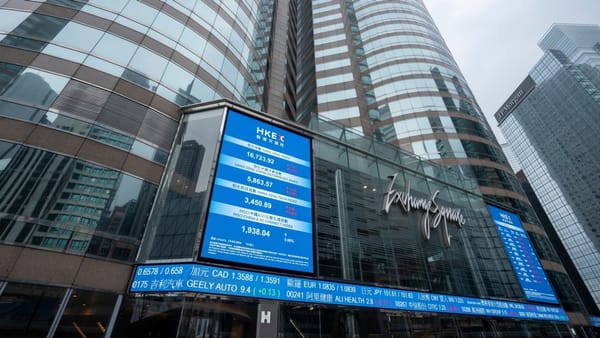
With the new Virtual Asset Index Series, HKEX aims to create benchmarks for Bitcoin and Ether in Asia. Administrated by CCData, the indices aim to offer real-time and settlement-oriented prices. Reliable benchmarks can boost investors' confidence and support other financial products.
Sasha Markevich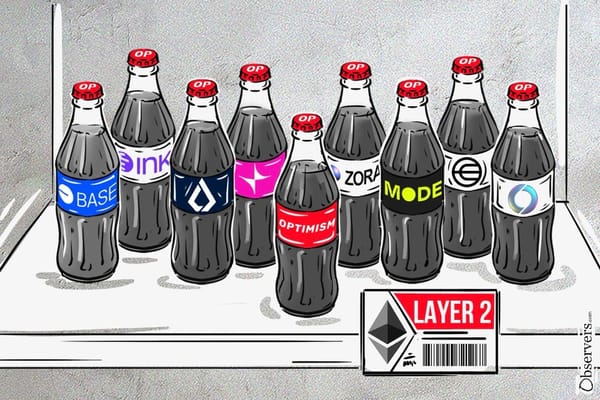
Over 50 networks, including prominent ones like Base, Kraken, and Uniswap, have embraced Optimism’s technology, drawn by its simplicity and seamless interoperability.
Alexander Mardar
Enterprise blockchain company R3 is exploring strategic options, including a potential sale, highlighting a broader shift in the financial sector's embrace of public over private blockchain networks.
Mathilde Adam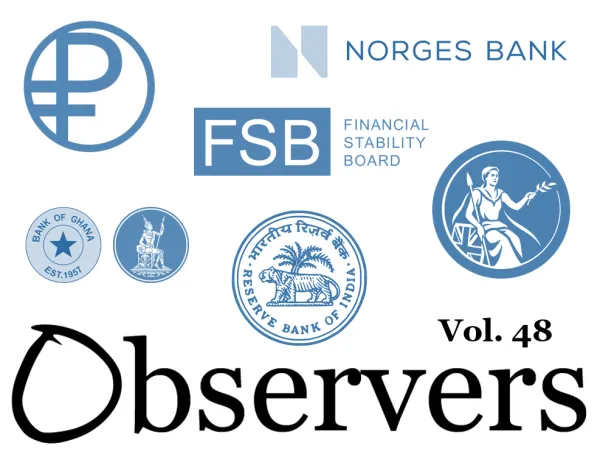
India is once again weighing up a crypto ban in order to boost adoption of the digital rupee, while the Russian regulator warns banks of penalties. A new report suggests tokenization has little risk of jeopardizing financial stability.
Observers
Stripe has bet $1.1 billion that stablecoins payments are the future of international finance. Is the acquisition of "Bridge.xyz" a strategic move or internal transfer of the largest venture firm Sequoia Capital that funded both startups?
Eva Senzaj Pauram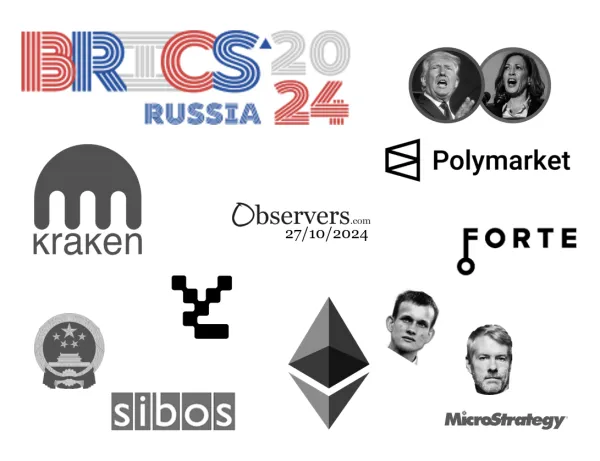
It is with great relief that we report that the crypto community has had so much on its plate these past days that for the first week in a very long time, the politics of the United States were not the main topic of discussion in the space. It was
Eva Senzaj Pauram
Balancer Protocol was exploited through a tiny rounding bug in its code. As losses neared $100 million, projects froze pools, rolled back blockchains, and clawed back funds—revealing the centralized and still untamed side of decentralized finance
07.11.2025 Finland to implement Crypto-Asset Reporting Framework in 2026. 07.11.2025 Trump Media reports $55M Q3 2025 net loss from digital asset revaluation. 07.11.2025 Kazakhstan to establish $500M–$1B crypto reserve fund using seized assets. 07.11.2025 Japan’s FSA approves pilot by MUFG,
29.10.25 Ondo Finance launches Ondo Global Markets on BNB Chain. 29.10.25 Ethereum Foundation launches portal to guide institutional adoption. 29.10.25 Securitize goes public via SPAC merger with Cantor Fitzgerald’s CF Acquisition Corp VIII. 28.10.25 Trump Media & Technology Group to launch
Kazakhstan launched a state-backed crypto reserve, Alem Crypto Fund, partnering with Binance Kazakhstan and starting with an investment in $BNB. SWIFT is building a blockchain ledger with 30+ banks using Consensys. Polish lawmakers passed a Crypto-Asset Market Act, aligning rules with the EU’s MiCAR. Vitalik Buterin opposes EU’s
Uniswap’s Unichain has boosted L2 volumes past $40B, but liquidity tells a different story. TVL has halved since July, exposing the limits of incentive-driven growth. Despite cheaper fees, users remain on Ethereum—where Uniswap continues to be one of the network’s largest revenue engines.

TON Strategy Company, formerly Verb Technology, has rebranded as a Toncoin treasury, holding $713M in TON and targeting over 5% of supply. By staking its holdings and adopting financial engineering akin to Strategy’s playbook, it aims to turn crypto reserves into shareholder returns

From $GOAT to $FART, memecoins show how hype burns fast and budgets vanish faster. Market caps in the tens of millions may look like real businesses, but behind the joke lies sunk marketing spend, fragile communities, and the math of attention that always runs out of breath

Jito’s BAM transforms MEV on Solana from a private auction into a transparent, programmable marketplace. While Ethereum introduced PBS, Solana may now be a step ahead—embedding MEV handling directly into the protocol with greater flexibility and developer access.
